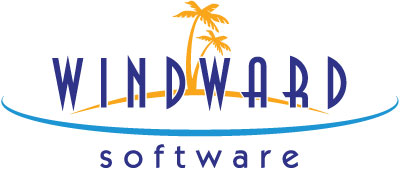
 |
|
See Also: Selling Miscellaneous Parts
The Inventory Details window - Miscellaneous Parts tab allows you to view miscellaneous parts for items that you don't stock, but wish to sell. These may be parts that you purchased from an external source and wish to resell on an invoice to a customer.
Some tab functions work in relation to the window's Toolbar. Click Toolbar to view detailed information about the Toolbar button options.
For example, in the automotive industry, automotive repair shops orders parts from an automotive parts warehouse, who delivers them promptly via courier. The repair shop then installs the part on the vehicle and charges out labor as well. As the part was not in stock, and they don't need to track sales on this particular item, they don't need or want to create an inventory item for it and have to create add stocks each time the item is ordered.
There are four types of miscellaneous parts as follows:
When selling this type of part, you are asked to enter the cost and retail prices at the time of sale.

You can also enter the bill number and the bill totals at the same time. This ensures that all items purchased is billed out.
When selling this type of part, the cost is calculated to be a percentage of the retail price. This may be items such as ice cream sales, or bulk items where the cost is always a percentage of the retail price. In this example, if you sell the item for $100.00, then the cost is posted as $25.00.

When selling this type of part, the item represents a collection of many different items which are purchased for an amount. This amount is put in the Wholesale Cost. For each sale, the cost is a percentage of retail, and the landed cost of the item, is reduced by this cost on the sale until the item's landed cost reaches zero. Once the item's landed cost reaches zero, all later invoices lines are costed at zero.

The landed cost is calculated as follows:
Wholesale: original cost of item
Extra charges: percentage of sales so far, shown as a negative.
Proper costing is only done on completed invoices (Cash, A/R or Service).
If you delete a line, or change quantity or price on an invoice, the whole invoice is re-calculated to reflect any changes. If that item appears on other invoices, those invoices are NOT re-calculated.
Example:
You purchased some equipment for $1000. This equipment is disassembled and sold for scrap. You project your earnings to be $10,000 selling as scrap, so you set the percentage as 1000/10,000 or 10%. The sales would amount to:
|
Total price |
Wholesale |
New landed cost |
|
$200.00 |
$20.00 |
$980.00 |
|
$1000.00 |
$100.00 |
$880.00 |
|
$1000.00 |
$100.00 |
$770.00 |
|
$7000.00 |
$700.00 |
$70.00 |
|
$1000.00 |
$70.00 |
$0.00 |
This line is only costed at $70 because that is all that is left on this item.
Note: If the $7000.00 dollar sale is deleted, the $1000.00 sale should be re-calculated. This would only happen if the $7000 and the $1000.00 sale appeared on the same invoice. If they were on different invoices then the new landed cost of the item would be 700 and the 1000.00 sale would stay at costed at $70.00.
This inventory type is intended to be used in Tag Along kits. The purpose is to allow the discount of an item without discounting the item itself. An example explains the function of this inventory type.

Example: A franchisee sells fuel at a set price per unit of measure. They are required to report the volume of fuel and the dollars charged for that volume to the franchiser. The reverse calculation of Dollars / Volume must equal the set selling price per unit of measure. Putting this into a formula might make the concept clearer.
Franchise Set Price = 89.9 cents per Liter.
Volume Sold = 1500 Liters
See also: Inventory Details window